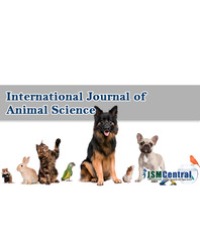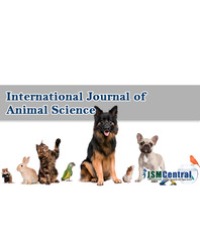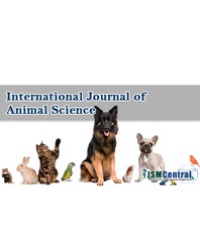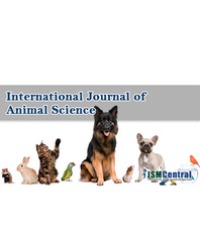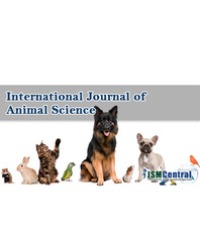
Snakebite in a Cow - A Case Report
The clinical course of toxic envenomation of a cow after snakebite is described. The cow was bitten during grazing on a hilly area east from Ljubljana. When the cow returned from pasture in the evening, there was significant facial swelling and systemic clinical signs. The cow was severely depressed and in appetent and developed skin lesions after several days. Clinicopathological examination shoved haemolysis, hyperbilirubinemia and increased activity of liver enzymes. Clinical status of the cow has gradually normalized within one month, however liver enzyme elevations (GGT, GLDH), remained even two months after the bite. Based on clinical signs and history a venomous snakebite was suspected.
Jožica Ježek¹, Marija Nemec¹, Matija Ježek², Martina Klinkon¹, and Jože Starič¹

